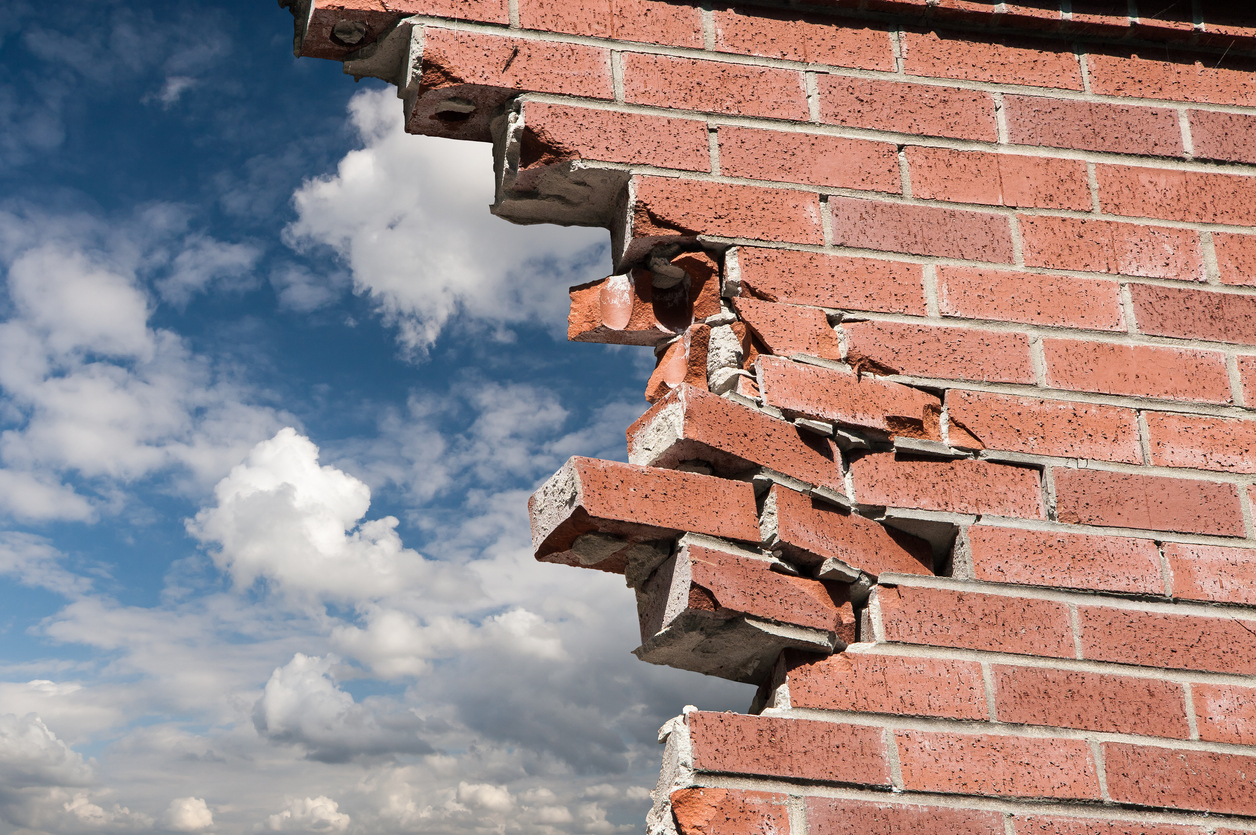Most readers of this blog are aware of the issues surrounding altered engineering reports in the wake of Superstorm Sandy. Often attorneys get a gut feeling about a case and believe that the other side may be trying to hide the ball. This has been true in many of our Sandy cases. On one such case, I discovered today that my gut was correct.
As a result of W. Craig Fugate’s December 5, 2014 directive to the WYO carriers, today I received the draft engineering report on one of my cases. The draft report states (in part):
1) The physical evidence observed at the property indicated that the subject building was structurally damaged by hydrodynamic forces, hydrostatic forces, scour or erosion of the supporting soils, or buoyancy forces of the floodwaters associated with the flood event of October 29, 2012.
5) The air conditioning unit on the south side of the building and the heating unit in the crawl space were inundated by flood water and replacement is required.
6) Plumbing pipe insulation in the crawl space was damaged by floodwaters.
7) In order to repair the damage to the building caused by floodwaters associated with the flood event of October 29, 2012, we recommend that the foundation under the foyer area be replaced. The floor of the foyer and part of the kitchen floor will need to be removed and replaced to permit access to repair the broken and damaged floor supports. Approximately 45 linear feet of foundation wall and 200 square feet of flooring will require replacement. All repair work shall be performed by qualified contractors and in accordance with all applicable state and local building codes and standards.
The records indicate that the report was submitted to US Forensic by the inspecting engineer and was then altered by a different US Forensic engineer to state:
1) The physical evidence observed at the property indicated that the subject building and foundation system were not structurally damaged by hydrodynamic forces, hydrostatic forces, scour or erosion of the supporting soils, or buoyancy forces of the floodwaters associated with the passage of Hurricane Sandy on October 29, 2012.
2) The physical evidence observed at the subject property indicated that the cracks in the interior finishes, leaning foundation walls and supports posts and the uneven floor surfaces within the building occurred prior to the subject flood event and were the result of differential movement of the building and foundation that was caused by long-term differential movement of the supporting soils at the site and long-term deflection of the floor framing components.
The second version, as altered by the US Forensic engineer, became the final version sent to the insured. Until today the insured did not know there was an initial version of the report which would have provided coverage under their flood insurance policy.
The moral of the story is, keep digging. I would not recommend settlement of any flood insurance claims where there are engineering issues unless and until you can be assured that the report you received has not been altered in any way.
https://youtube.com/watch?v=L397TWLwrUU%3Frel%3D0



